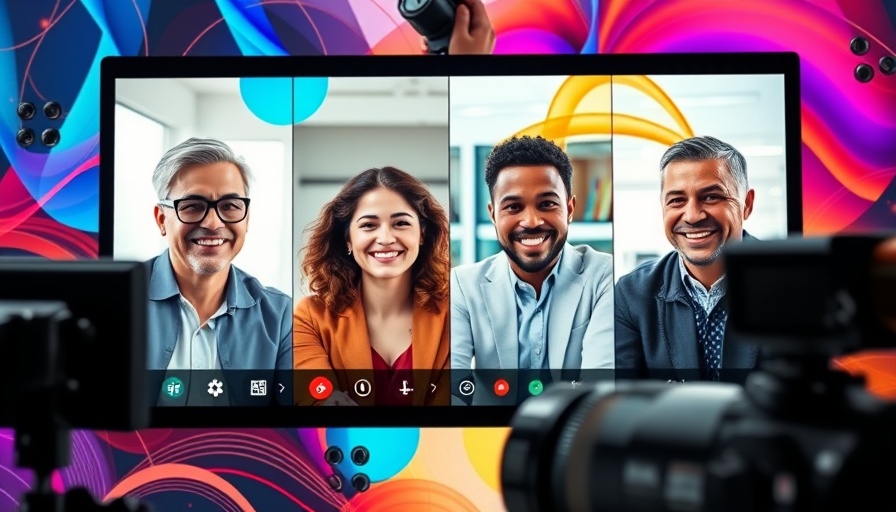
The Future of Work: Bridging the Gap Between Technology and Human Potential
In the rapidly evolving world of work, the intersection of technology and human creativity is redefining organizational landscapes. A significant voice in this transformation is Ayaskant Sarangi, Chief Human Resources Officer of Mphasis. In a recent interview, Sarangi delves into the intricacies of aligning technological advancements with the unique talents of individuals. His insights offer a roadmap for navigating the future of work, emphasizing the necessity of synergy between human potential and innovative technology.
Disruptive Forces Shaping the Workplace
Today’s workplace is influenced by various disruptive forces, such as artificial intelligence, remote work, and digital collaboration tools. Sarangi highlights how organizations can harness these technologies not merely as replacements for human workers but as tools that enhance creativity and efficiency. In examining these factors, companies must evolve beyond traditional workflows to foster an environment where technology complements human effort, sparking innovation and collaboration.
Tapping into Human Creativity
Despite the capabilities of modern tech, Sarangi argues that the true value lies in human creativity. Organizations that prioritize a culture of innovation may find themselves at a competitive advantage. By tapping into employees’ unique skills and perspectives, businesses can tackle challenges more effectively and create solutions that resonate with customers. This approach requires leaders to rethink their strategies for talent acquisition and development.
The Role of the CHRO in Transformation
As the workplace evolves, the role of the CHRO is transforming as well. Sarangi indicates that HR leaders must take the helm in driving organizational change. This means adopting a forward-thinking mindset, embracing change, and implementing strategies that blend human resources with technological tools. The CHRO becomes a catalyst for change, guiding their organizations into this new era while ensuring a supportive culture that values both technology and human input.
The Cultural Shift Needed for Success
For organizations to fully realize the benefits of integrating technology and human potential, a cultural shift is imperative. Sarangi proposes that leaders must cultivate an environment that encourages experimentation and risk-taking. Employees should feel empowered to share their ideas without the fear of failure. This psychological safety is essential for fostering innovation and creativity, leading to increased productivity and morale within the workplace.
Personal Insights from the CHRO
In the rapid-fire round of the interview, Sarangi shares personal insights that reflect his leadership philosophy. He emphasizes the importance of balancing professional and personal life, advocating for a holistic approach to employee well-being. Such insights draw attention to the need for organizations to address mental health and work-life balance, ensuring employees can thrive in both their professional and personal lives.
Future Trends: What Lies Ahead
Looking ahead, the future of work appears poised for significant evolution. Sarangi highlights emerging trends such as remote work and flexible scheduling, which can enhance employee satisfaction and productivity. He encourages organizations to adapt to these trends proactively, ensuring they remain appealing to current and prospective talent amid an increasingly competitive job market.
Final Thoughts: The Road to Success
As Ayaskant Sarangi articulates, the path to closing the gap between technology and human potential is paved with innovation, empathy, and change. By embracing these principles, organizations can create a workforce that is not only future-ready but also resilient and engaged. In this new world of work, the melding of technology with human insight will be key to success; as such, leaders must prioritize these alignments now, preparing their organizations for the challenges and opportunities ahead.
 Add Row
Add Row  Add
Add 




Write A Comment